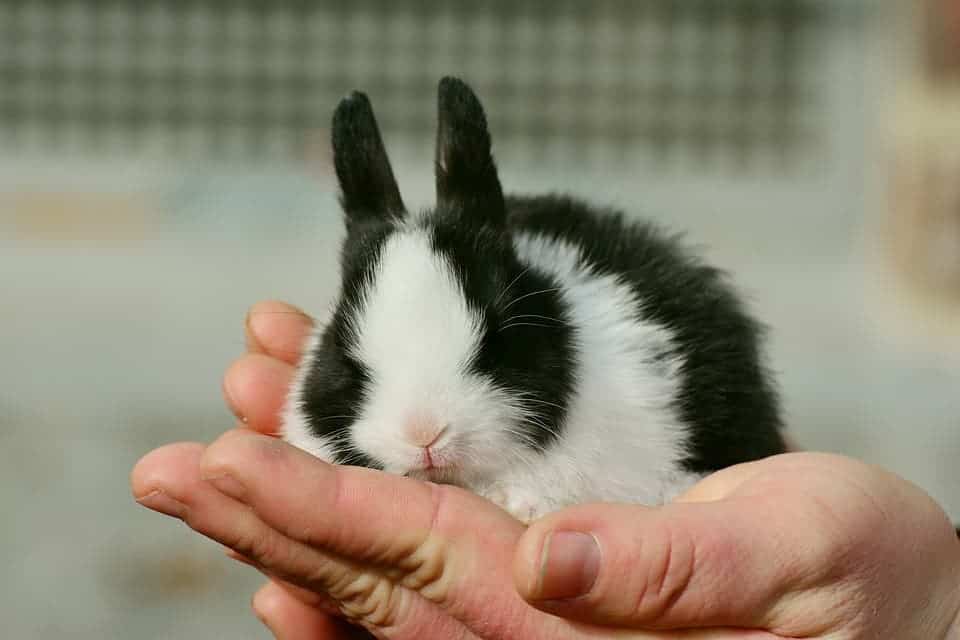Want to put the spark back in your marriage? It may be as easy to do as watching pictures of puppies and bunnies, scientists say.

Keeping a relationship going may actually be harder than actually wiggling yourself into one but fret not, for a team of psychologists led by James K. McNulty of Florida State University may have just the thing to help you out. The team developed an unusual and pretty surprising method to help boost relationship quality and marriage satisfaction: have the spouses look at pictures of cute, fluffy critters.
Previous research has shown that a majority of couples experience a decline in marital satisfaction over time although their behavior doesn’t change — in other words, you may do everything right but the marriage will still lose its luster over time. This observation led the team to investigate if a therapy to change the way we think rather than the way we act might be used to improve relationship quality. More specifically, they wanted to see if it’s possible to increase the satisfaction couples draw from their marriage by subtly shaping the immediate, automatic associations people make when thinking about their spouses.
“One ultimate source of our feelings about our relationships can be reduced to how we associate our partners with positive affect, and those associations can come from our partners but also from unrelated things, like puppies and bunnies,” McNulty explained.
Rings a bell
The mechanisms underlying the team’s method is similar to conditioned or Pavlovian response. It’s the same method trainers use to teach dogs to obey commands. By repeatedly linking one positive stimulus to an unrelated one, researchers can coax a dog’s brain into creating positive associations between the two. During training, the animals are given a treat when they correctly obey a command and over time, their brains learn to associate the treat with a certain command and behavior. One the response is fully set it, you don’t even have to reward the dog. It will follow your commands by instinct.

Image via Pixabay.
And it works with people too, although we have a greater ability to become aware of our conditioned responses and fight them. So McNulty and his team designed their process around a related but more subtle method called evaluative conditioning. The team recruited 144 married couples for their study, all under the age of 40 (28 years old on average) and married for less than five years. Some 40% of the couples also had children.
[READ MORE] Darwin considered having kids as a great pro to getting married
The participants were repeatedly shown pictures of their spouses paired with very positive images (puppies and bunnies) or words. In theory, the feeling elicited by the images and words should transfer in a way over to the spouse after practice, as the participants’ brains learned to associate the two.
The couples were asked to complete a series of relationship satisfaction indicators before the study to establish a baseline level. A few days after the association practice session, the participants returned to the lab to complete a measurement of their automatic attitude to their partner. They were asked to look at a brief succession of images once every three days over a six-week period, containing pictures of their partners. Participants from the control group were shown their partners’ faces matched to neutral stimuli like an image of a button, while those in the experimental group always saw their partners’ faces associated with positive stimuli, such as the word “wonderful” or a puppy.
Puppy power
Participants were then tested on their implicit attitude towards their spouses every two weeks for eight weeks. They were asked to take a quick glimpse at a series of faces (including their partner’s) and then indicate the emotional tone of positive and negative words as quickly as possible. The results showed that participants in the experimental group showed more positive automatic reactions to their partner over the course of the study than those in the control group.
But perhaps most importantly, the intervention was associated with an increase in self-reported overall marriage quality. The team showed that more positive automatic reactions to one’s partner predicted greater improvements in marital satisfaction over the course of the study, supporting a previous body of literature detailing the same correlation.
“I was actually a little surprised that it worked,” McNulty confessed. “All the theory I reviewed on evaluative conditioning suggested it should, but existing theories of relationships, and just the idea that something so simple and unrelated to marriage could affect how people feel about their marriage, made me skeptical.”
Despite their results, the team points out that the behavior and quality interactions between spouses should remain the top priority for couples, as they’re the single most important factor in shaping automatic associations. But brief interventions focused on nudging these associations in the right directions could help couples undergoing marriage counseling or those who are wrestling with difficult obstacles, such as the families of deployed soldiers.
The full paper “Automatic Associations Between One’s Partner and One’s Affect as the Proximal Mechanism of Change in Relationship Satisfaction: Evidence from Evaluative Conditioning” has been published in the journal Psychological Science.



